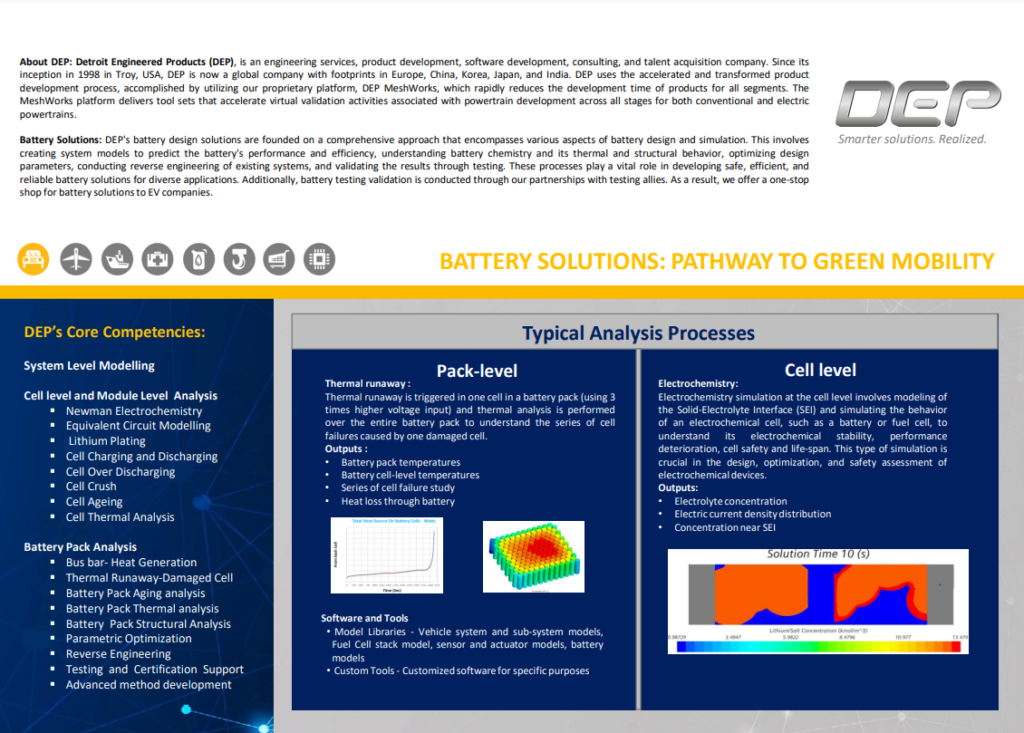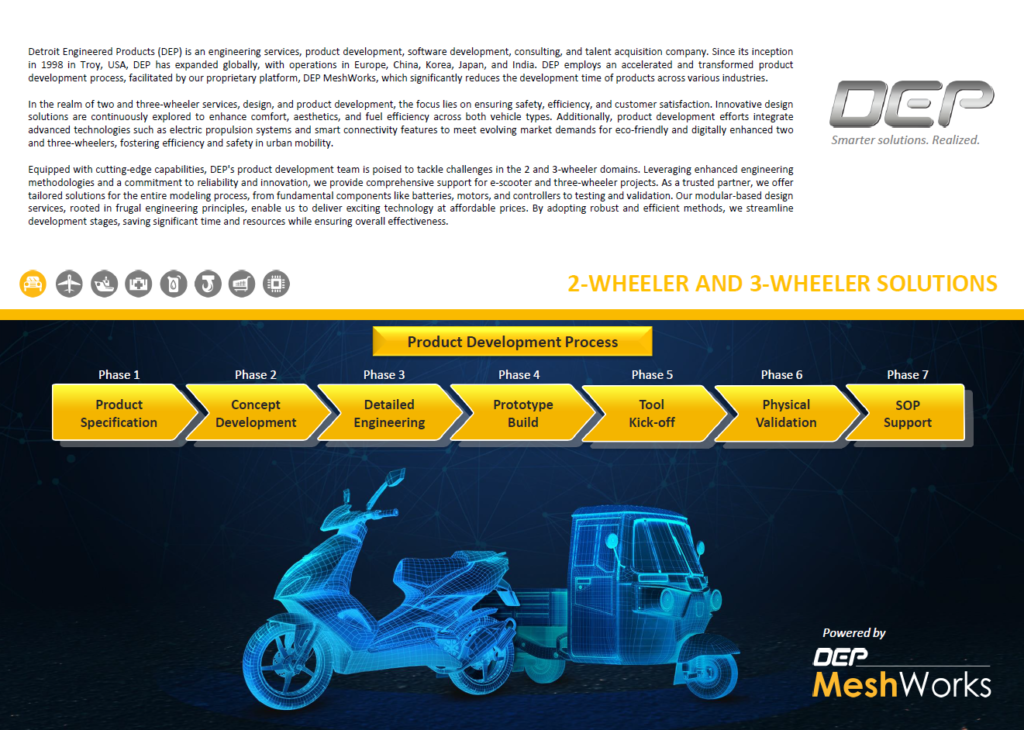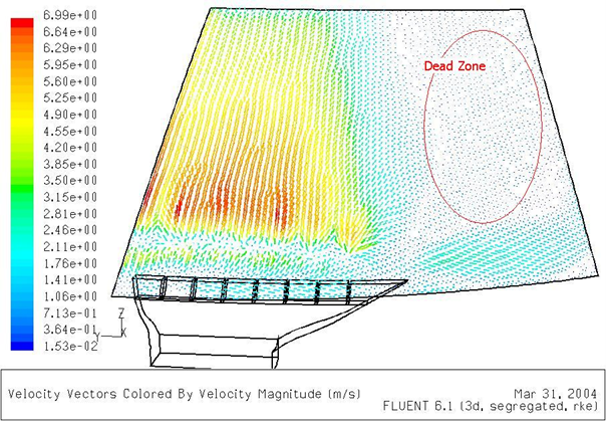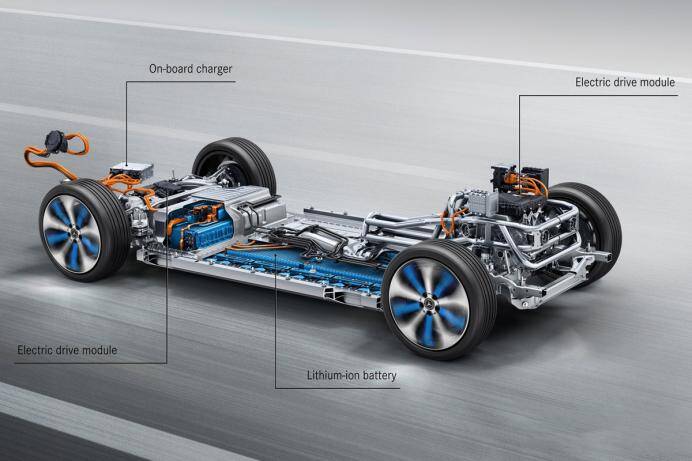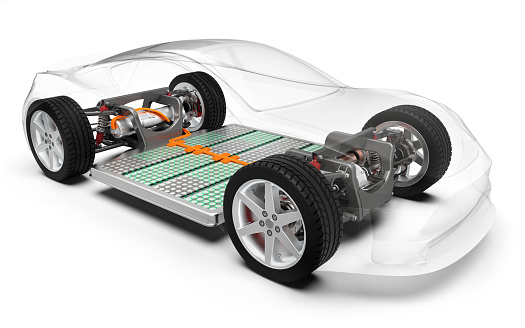
The Role of Simulation in Battery Design
The development of battery technology has significantly advanced with the integration of simulation techniques. Traditional design methods, which rely on physical prototyping and testing, are both costly and time-consuming. Simulation enables engineers to explore multiple design iterations rapidly, fostering efficient and innovative solutions.
The key advantages of simulation in battery design include:
- Speed: Rapid evaluation of multiple design scenarios.
- Accuracy: Improved prediction of system behavior with minimal errors.
- Cost-Effectiveness: Reduced expenses by minimizing physical testing requirements.
Types of Battery Simulations
Simulation plays a crucial role in various aspects of battery design, including:
- Thermal Runaway Analysis: Predicting heat propagation and safety risks.
- Thermal Performance Analysis: Understanding temperature distribution and heat dissipation.
- Cell Performance Evaluation: Assessing efficiency and reliability.
- Electrochemical Analysis: Investigating charge-discharge behavior and chemical reactions.
- Impact Analysis: Examining structural integrity under mechanical stress.
- System-Level Design Optimization: Enhancing performance through optimized parameters.
Predictive Capabilities of Simulation
Physics-Based Electrochemical Modeling
Physics-based modeling assists in predicting critical battery cell parameters, such as:
- Concentration profiles of lithium ions.
- Variations in cell potential under different load conditions.
- Degradation and aging effects.
Equivalent Circuit Modeling
This approach simplifies battery behavior representation by estimating:
- Cell voltage and current characteristics.
- State of charge (SOC) under varying loads.
- Overall cell performance predictions.
Impact Analysis
Simulation enables engineers to assess:
- Stress distribution within battery structures.
- Axial and shear forces affect mechanical integrity.
- Potential failure locations under impact conditions.
Thermal Analysis
Effective thermal management is essential for battery longevity and safety. Simulations aid in:
- Mapping temperature distribution.
- Analyzing heat dissipation and balance.
- Evaluating coolant flow properties.
Thermal Runaway Analysis
Preventing thermal runaway is critical for battery safety. Simulations support:
- Identifying maximum temperature thresholds.
- Tracking heat propagation within the battery pack.
- Visualizing 3D temperature contours.
Design Optimization
Simulations facilitate:
- Sensitivity analysis to determine the impact of design parameters.
- Identification of optimal designs for improved performance.
Scaling Simulation: From Cell to Pack Level
Simulations can be applied at different levels to gain comprehensive insights into battery performance.
Cell-Level Simulation Models
- Equivalent Circuit Modeling: Predicts voltage-current response.
- Electrochemical Modeling: Uses P2D models for parameter estimation.
- Fast Charging Profiles: Helps prevent lithium plating.
- Cell Aging & Degradation Analysis: Evaluates lifespan.
- Single Cell Thermal Analysis: Assesses temperature variations.
- Thermal Runaway Analysis: Identifies heat sources.
Pack-Level Simulation Capabilities
- 3D CFD Analysis for Thermal Runaway: Examines heat transfer mechanisms.
- 3D CFD Analysis for Fast Charging: Optimizes thermal management.
- Battery Pack End-of-Life Prediction: Assesses durability and degradation.
Simulation Development Process
- Model Development: Utilizing empirical or physics-based models to establish a foundational simulation framework.
- Model Refinement: Adjusting cell-level parameters based on test data to improve accuracy.
- Digital Validation: Matching simulation outputs with real-world scenarios for enhanced reliability.
Future Trends in Battery Simulation:
As battery technology rapidly advances, simulation tools are evolving to keep pace with growing complexity and performance demands. The future of battery simulation will be shaped by AI-driven modeling, predictive analytics, and high-fidelity multi-physics co-simulations. From intelligent digital twins to support for emerging chemistries and architectures, these trends will enable faster, more accurate, and cost-effective battery design and development.
AI-Powered Design and Optimization
- AI integration with battery physics modeling will empower engineers to make intelligent design changes at the cell and pack levels.
- AI/ML techniques will significantly reduce simulation time and overall design costs.
- Predictive analytics will be embedded in design platforms to flag potential failure modes or degradation trends early in development.
Digital Twins and Real-Time Intelligence
- Deep learning will aid in creating advanced digital battery twins for dynamic performance visualization.
- Digital twins will continuously evolve using real-time data, enabling adaptive performance prediction and maintenance planning.
Advanced Simulation and Modeling Techniques
- Multi-physics co-simulation will become more common, enabling coupled electro-thermal-mechanical-aging analyses for high-fidelity predictions.
- Physics-Informed Neural Networks (PINNs) will combine physics-based and data-driven approaches for more accurate, generalizable models.
Automation and Emerging Technologies Support
- Automated mesh generation and morphing tools will streamline preprocessing and reduce the need for expert intervention.
- Simulation tools will support emerging battery chemistries (e.g., solid-state, sodium-ion) and new architectures (e.g., bipolar designs).
- Enhanced material modeling will simulate particle-level behavior to better understand degradation phenomena like lithium plating and dendrite formation.

